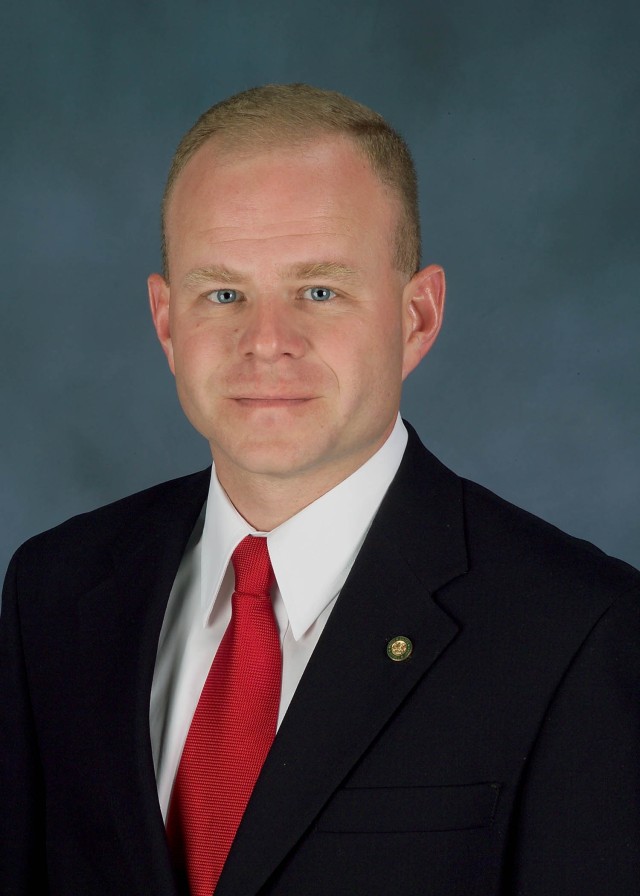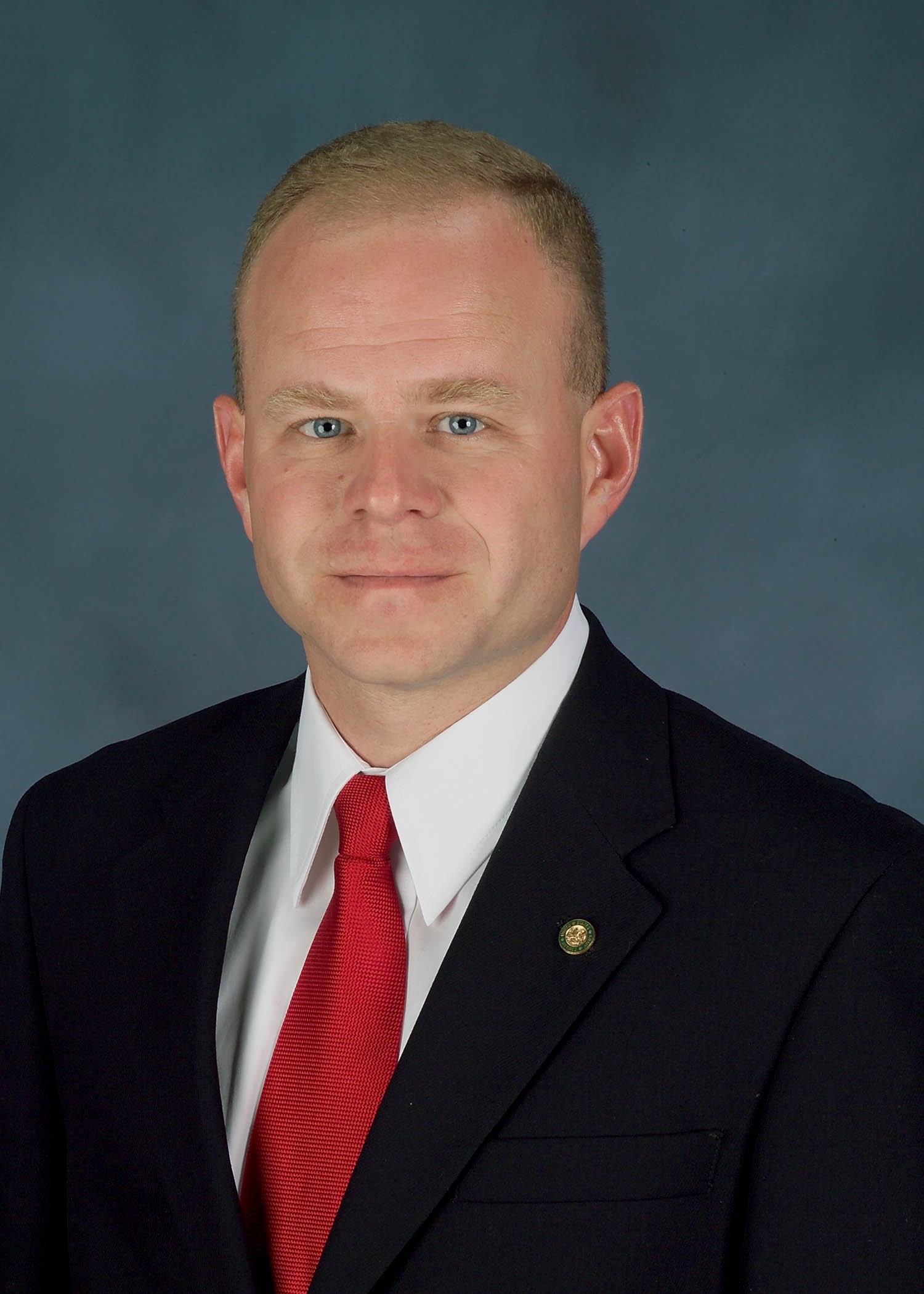FORT STEWART, Ga. -This is the beginning of a series of articles, which will run for the next several weeks on how the Garrison receives funding from our Army leadership and how that funding is spent in support of our 24,000 Soldiers and 32,000 Family Members.
First, before I get started, let me say up front that because of the efficient work of our Soldiers and Civilians, Fort Stewart-Hunter Army Airfield has been able to reduce its fiscal year 2010 budget by 17 percent less than it spent in fiscal year 2009. That's a great achievement! On behalf of the Senior and Garrison Commanders, thank you.
The Stewart-Hunter garrison will spend more than $250 million of taxpayer dollars to provide support to our Soldiers and Family Members this fiscal year (our fiscal year runs Oct. 1 through Sept. 30). This funding comes to us electronically from our Southeastern Region headquarters in Atlanta in the form of 16 different "pots of money" called sub-activity groups or SAGs. This funding is actually appropriated by congress each year. We will cover non-appropriated funds later in a separate article.
One example of "pots of money" is SAG 115. This pays mechanics who work on tanks, Bradleys and other tactical vehicles. Another example is SAG 121 which pays to operate and maintain thousands of acres of weapons firing ranges and training areas; while SAG 132 funds all new construction projects under $750,000 or renovations of existing buildings under $3 million.
The biggest SAG of all is 131, also known as Base Operations. The Stewart-Hunter requirement for Base Operations or BASOPS this fiscal year is $153 million. Since it is the largest portion of our fiscal resources, the remainder of this article will focus on the uses and benefits of SAG 131 to our installation and the surrounding communities.
First of all, as you may have already ascertained, most BASOPS dollars go to labor.
Whether it is one of more than 900 Army Civilians or an equal number of contract employees paid in 131, more than 75 percent goes home in a pay check to workers who live, shop, eat and enjoy recreation in communities outside of our gates like Hinesville, Richmond Hill and Savannah. The Stewart-Hunter Garrison pays out $315,000 per day for labor.
The second biggest chunk of BASOPS goes to utilities. All utilities are paid with BASOPS including electricity, natural gas, heating oil, sewerage and LP gas. Stewart-Hunter saves taxpayers' money by pumping its own water and disposing non-recyclable waste in its own landfill.
The installation is proud of its robust recycling program which supports itself with proceeds and reduces solid waste, extending the life of its landfill.
Energy Conservation is another successful money saving program on the installation. The Garrison has reduced its kilowatt-per-hour consumption of electricity by 2 percent every year for the past five years following a presidential directive. The average electric bill for the installation is $1.1 million per month. The Garrison is aggressively looking for more ways to save money and reduce electricity every day. It awarded three Super Energy Savings Performance contracts during the past two years endorsed, overseen and verified by the Department of Energy as true energy savings.
BASOPS pays for many other services and products such as transportation, telephone, building leases, supplies, fuel, equipment, environmental conservation, dining facilities, travel, Civilian training, physical security, master planning, fire prevention, safety, law enforcement, pollution prevention, cable TV, car leases, drug and alcohol abuse prevention, furniture, and legal assistance.




Social Sharing